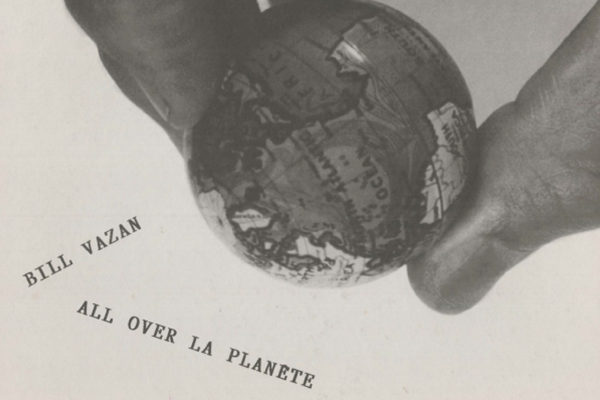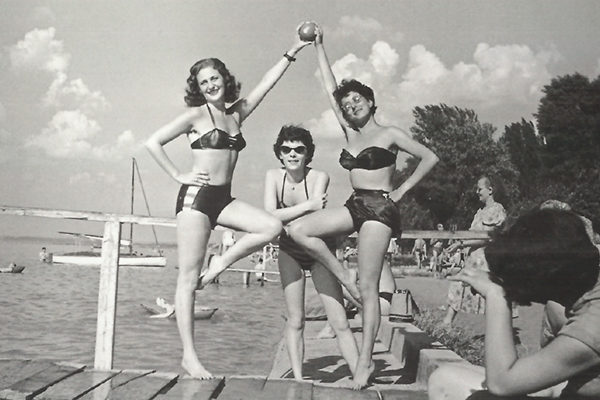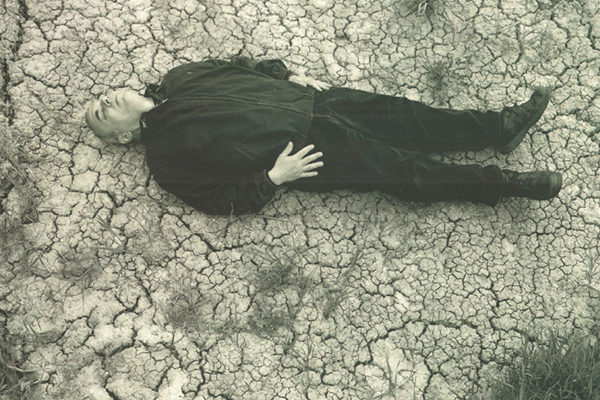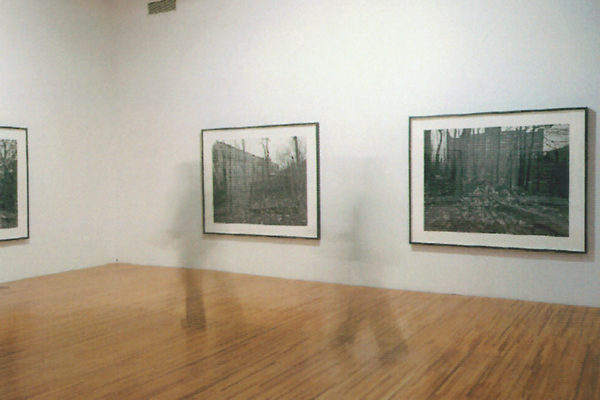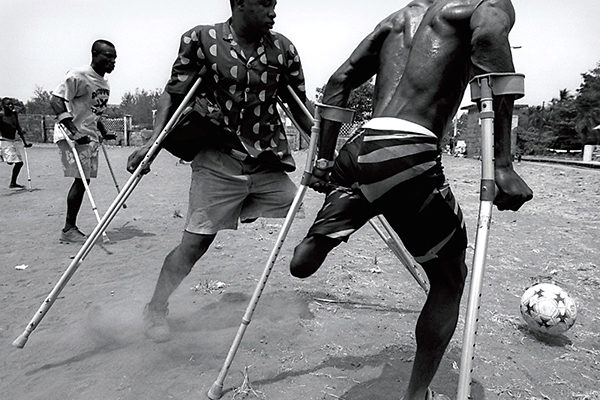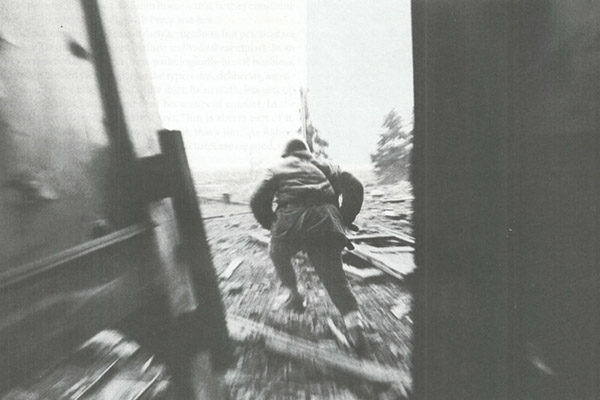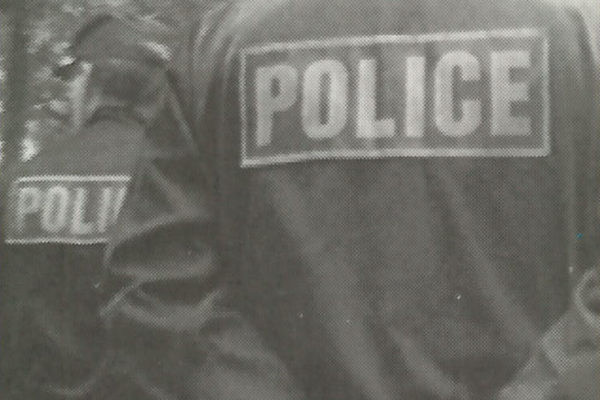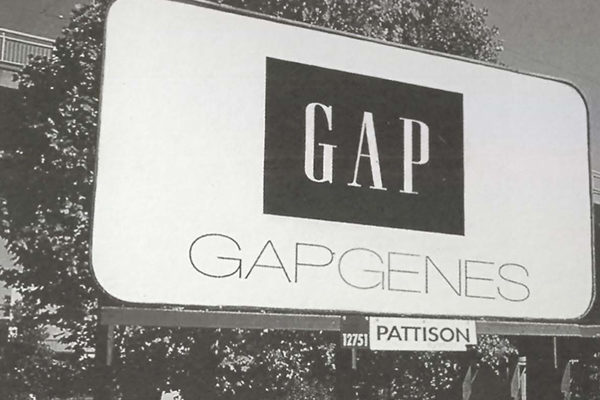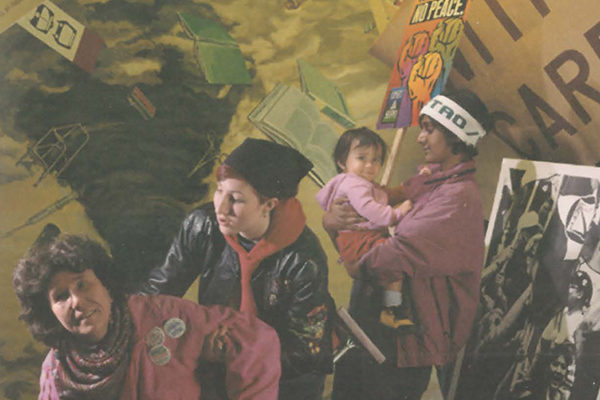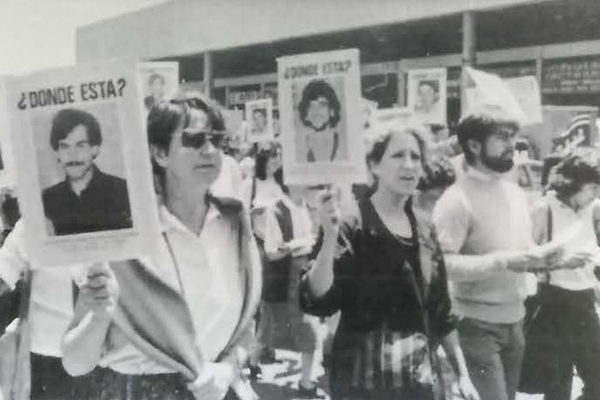World Line: Bill Vazan’s Spherical Geosophy (2018)
Through walking, riding, scraping the surface of the earth, marking spaces with string and tape and creating observable conditions of change, Bill Vazan has created situations for heightening our awareness of sites of terrestrial passage and occupation. While geography is the disciplinary study of the planet, geosophy (a concept introduced only in 1947) is vernacular geographical knowledge, or how the planet is commonly known, sensed. conceived or imagined, rather than how it is known and understood by academic geographers.
